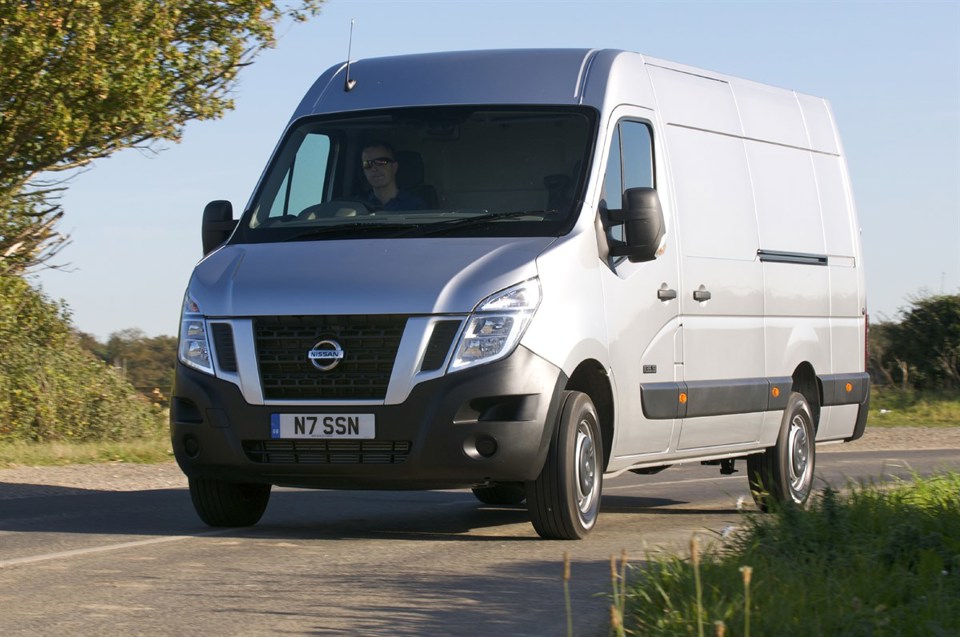Nissan's bold plan to double its share of Europe's LCV market within three years has been given a boost by the arrival of NV400, the company's new heavy van.
Developed in cooperation with Alliance partner Renault, its distinctive ‘face' was created at Nissan Design Europe (NDE) and engineered by Nissan Technical Centre Europe.
NV400 has its own unique bonnet, front wings, headlamps with integrated daytime running lights, grille and front bumper.
"The bold Nissan look helps us differentiate NV400 from its competitors and gives us a distinctive face in the market. With NV200 and now NV400, there is no doubt Nissan means attractive functionality and great choice in the LCV market," said Sergio Alcaraz, vice president, Nissan, LCV Business Unit, AMIE.
But there's much more to NV400 than the way it looks, says the manufacturer. It is one of the most versatile and practical heavy van ranges on the market with gross vehicle weights (GVW) ranging from 2.8t to 4.5t.
For the first time, Nissan can offer the choice of front- or rear-wheel drive versions while NV400 comes in three wheelbase versions, four different lengths, three different heights and with cargo volumes ranging from 8 m3 to 17 m3. There are three power options plus six-speed manual and robotized transmissions.
In addition there are many different bodywork options, all back by the Nissan warranty. As well as factory-built panel vans and combis, there are crew vans, box-bodies, tippers and dropsides all built in house. Nissan will also continue to build chassis-cab for specialist body builders.
"NV400 is very versatile and offers a solution to each need in the heavy van sector," said Alcaraz. "It is much more than a replacement for Interstar and takes us into a much wider market segment thanks to the great breadth and depth of the range."
Operators have the choice between front or rear-wheel drive versions for the first time with Nissan vans. Front-wheel drive means a lower kerb weight for improved payloads, a lower frame height and improved fuel economy. Rear-wheel drive offers greater choice for chassis cab conversions and thanks to its high rear axle capacity is better suited to medium duty applications. Rear-drive versions are available with single or twin rear wheels.
Power comes from a direct injection, four-cylinder, 16-valve turbo diesel newly developed by Renault. At 2.3-litres it is smaller than Interstar's 2.5- dCi unit yet power outputs are the same - 100, 125 and 150 hp - and torque figures have improved to 285, 310 and 350 Nm respectively. All are Euro 5 compliant and enjoy lower running costs thanks to improved economy and to major service intervals which have been extended to 40,000 kms or every two years.

















Login to comment
Comments
No comments have been made yet.